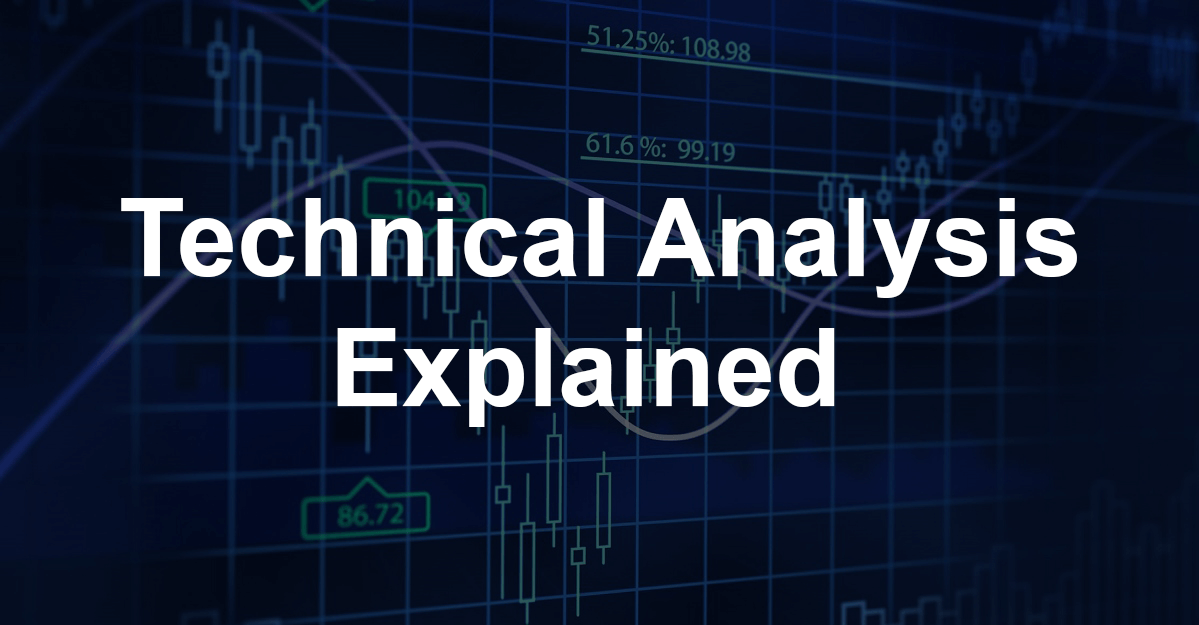Technical Analysis (TA) is a trading methodology that allows you to evaluate the investments by analyzing statistical trends in the stock market.
It is applied to indices, stocks, commodities or any tradable items where price is changed by supply and demand forces.
Assumptions in Technical Analysis
Technical analysis is based on some key assumptions. To get the best results, one needs to be aware of these assumptions.
-
Price moves in trend
Market trend is the foundation of technical analysis. All major changes, one observes in stock market, is the outcome of a trend. Once the trend is set, the price of stocks moves in the direction of the trend.
-
Market discount everything
According to this assumption, the latest stock price reflects all known and unknown public domain information.
-
History tends to repeat itself
In the context of technical analysis, the price trend tends to repeat itself. It happens because investors consistently respond to price fluctuation at the same time, whenever the price fluctuates in a certain direction.
Steps for Technical Evaluation
Technical analysis mainly involves 3 steps for the evaluation purpose. These steps are:
-
Market analysis on broad level through major indices like NASDAQ, NYSE Composite and Dow Industrials.
-
Sector analysis in which the strongest and weakest groups are identified within the broader market.
-
Individual analysis in which the strongest and weakest stocks are identified within selected groups.
Technical analysis is very much versatile. Its principles are universally accepted and applicable, each of the technical analysis steps above can be performed with the same theoretical background. There is no need for an economics degree for the evaluation of a market index chart.
Volumes in Technical Analysis
Volume helps in confirming trends and patterns in technical analysis, hence play a very integral role. Volume is considered as a means to gain information about participants’ market perceptiveness.
It indicates number of shares bought and sold over a specific time period. Volume is directly related to active shares. More active shares mean higher volume. The presence of smart money is indicated by higher volumes while low volumes indicate retain participation. It is advised to avoid trading on low volume days.
The Dow Theory
Explanation of technical analysis is incomplete if the Dow Theory is not discussed in it. The Dow Theory is an integral part of technical analysis.
This theory was given by Charles H. Dow, who was also the founder of Dow-Jones financial new services (Wall Street Journal). ‘The Dow Theory’ is a series of articles written by him during the 1900s. William P Hamilton compiled these articles with relevant examples over a period of 27 years and produced it as ‘The Dow Theory’.
Principles of the Dow Theory
The principles or beliefs of the Dow Theory are called the Dow Theory tenets. These tenets are considered as the guiding force behind the Dow Theory.
-
Indices discounts everything.
-
Overall there are 3 broad market trends- Primary Trend, Secondary Trend and Minor Trend.
-
All indices must confirm each other.
-
Volumes must confirm.
-
Sideway markets can substitute secondary markets.
-
The closing price is the most scared.
Technical Indicators
Technical indicators mainly determine the market direction, up and down. However, there is another set of technical indicators whose prime function is not mainly to determine market direction. These indicators determine market strength. The popular tools included in these indicators are the Moving Average Convergence-Divergence (MACD) indicator, Stochastic Oscillator, the Relative Strength Index (RSI) and the Average Directional Movement Index (ADX).
Movement indicators measure the strength of price movement and help investors to determine whether current price movement is representing relatively insignificant trading or an actual, significant trend. Momentum indicators measure trend strength and can give early warning signals that a trend is coming to an end.
The Bottom Line
According to technical analysts, the market is 80% psychological and 20% logical. The fact that needs to be kept in mind is that no technical indicator is perfect. There is not a single indicator present which can be a signal that is 100%, accurate all the time.
Your profitability as a trader will certainly increase if technical analysis is done well. However, you may improve your fortunes in trading by spending more time and effort on doing those things which can help you in handling things when the market turns against you, rather than just dreaming about millions of dollars and how you are going to spend that money. Always remember, dreams don’t work unless you do. So, start your hustle to achieve your goals.
About The Author
Contact Sejal privately here. Or send an email with ATTN: Sejal as the subject to contact@investorshangout.com.
About Investors Hangout
Investors Hangout is a leading online stock forum for financial discussion and learning, offering a wide range of free tools and resources. It draws in traders of all levels, who exchange market knowledge, investigate trading tactics, and keep an eye on industry developments in real time. Featuring financial articles, stock message boards, quotes, charts, company profiles, and live news updates. Through cooperative learning and a wealth of informational resources, it helps users from novices creating their first portfolios to experts honing their techniques. Join Investors Hangout today: https://investorshangout.com/

